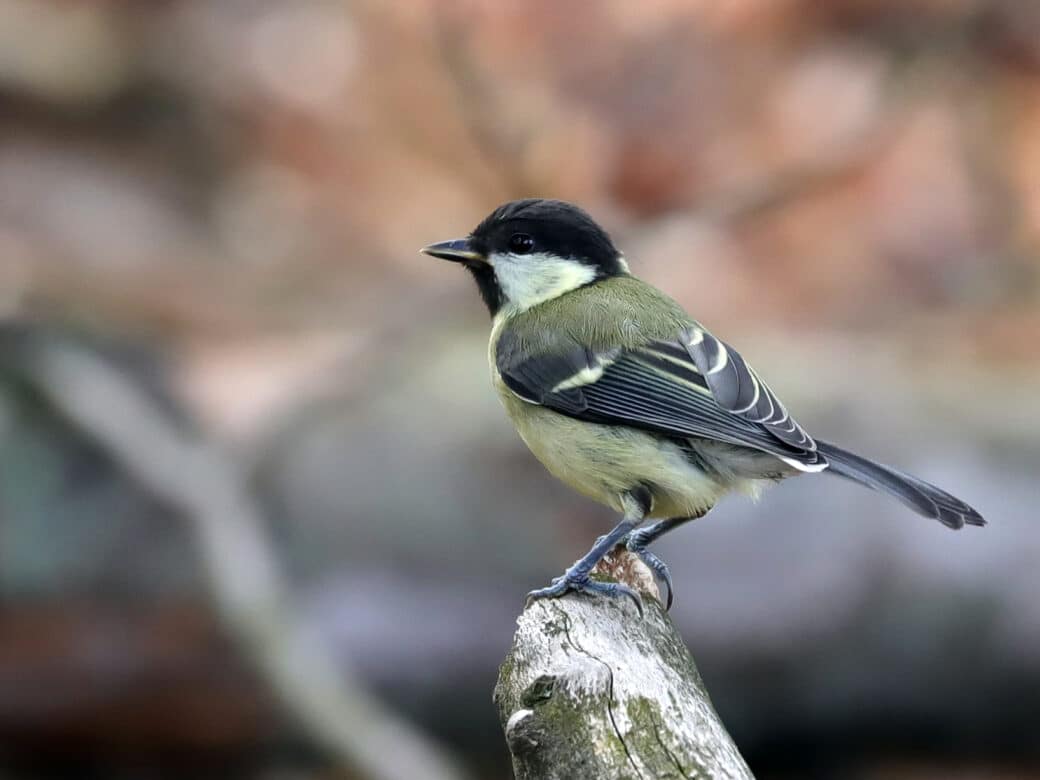Response of host-vector-parasite interactions on forest management systems

We aim to clarify the relationship between forest habitats and host-vector-parasite interactions. Such effects will be studied within a forest management gradient (i.e., land use intensity) in the Biodiversity Exploratories in order to understand the role of parasitism and vectors for birds and their health status in relation to land use and ecosystem functioning.
We have three specific goals, one for each player in the triad of vectors, parasites, and their hosts:
1. To determine whether blood parasite prevalence and Rickettsia infections of birds depend on land use intensity (forest age classes and structure) at the plot level of the Biodiversity Exploratories for at least six host species representing migrants vs. non-migrants.
2. To determine the health status (immunoreaction) of birds in relation to parasitation and land use intensity (forest structure) in order to understand whether parasites trigger distinct immunoreactions in differently structured forests.
3. To determine the abundance of vectors and parasite prevalence in vectors to assess the probability of infections for birds in relation to forest structure at the plot level of the Biodiversity Exploratories.
The assessment of indirect and variable effects of land use intensity on birds through parasitation is an essential step for understanding whether human land use impacts complex ecological processes and species interactions. We specifically expect to be able to understand whether vectors, and consequently also parasite transmissions, are affected by land use intensity on parasitation processes in bird populations.
1. Parasite prevalence in hosts increases with increasing land use intensity.
2. Health effects of parasites on hosts increase with increasing land use intensity because of higher costs of immunoreactions.
3. Land use affects parasite prevalence indirectly through increased vector abundance because of forest structures possibly favoring vector reproduction.
- Capture individuals of Blackcaps (Sylvia atricapilla), European Robin (Erithacus rubecula), European Blackbirds (Turdus merula), Chaffinches (Fringilla coelebs), Great Tits (Parus major), and Blue Tits (Cynistes caeruleus) in 25 forest EPs per exploratory over the breeding season with repetitions of each plot, draw blood and measure body condition and asymmetries.
- Determine blood parasites with microscopic and genetic detection methods.
- Determine the abundance of vectors and their parasitation (infection risk) to assess the probability of infections for birds in relation to forest structure.









